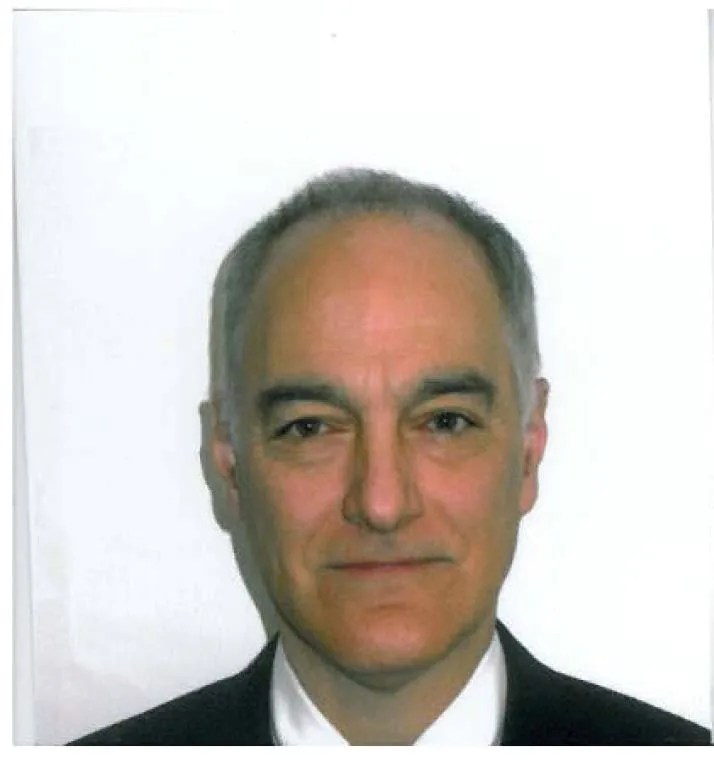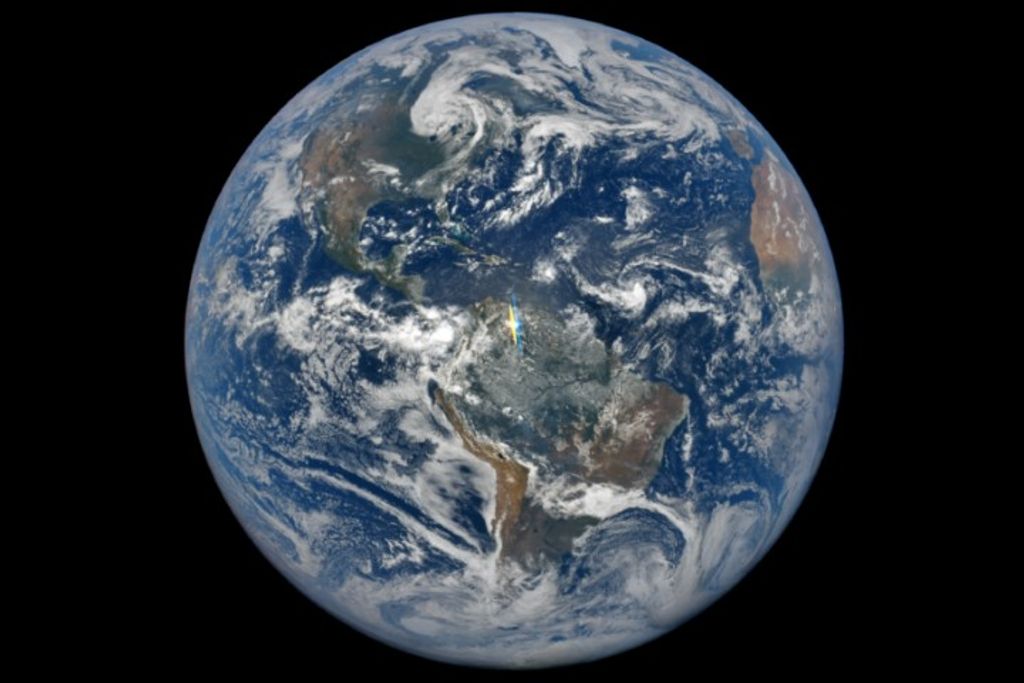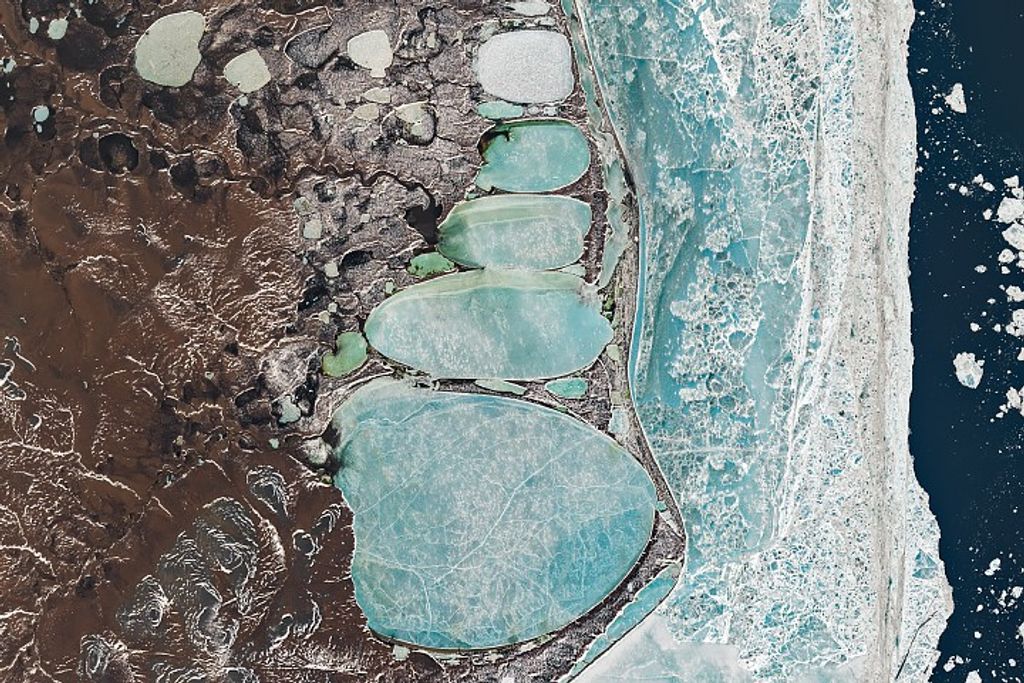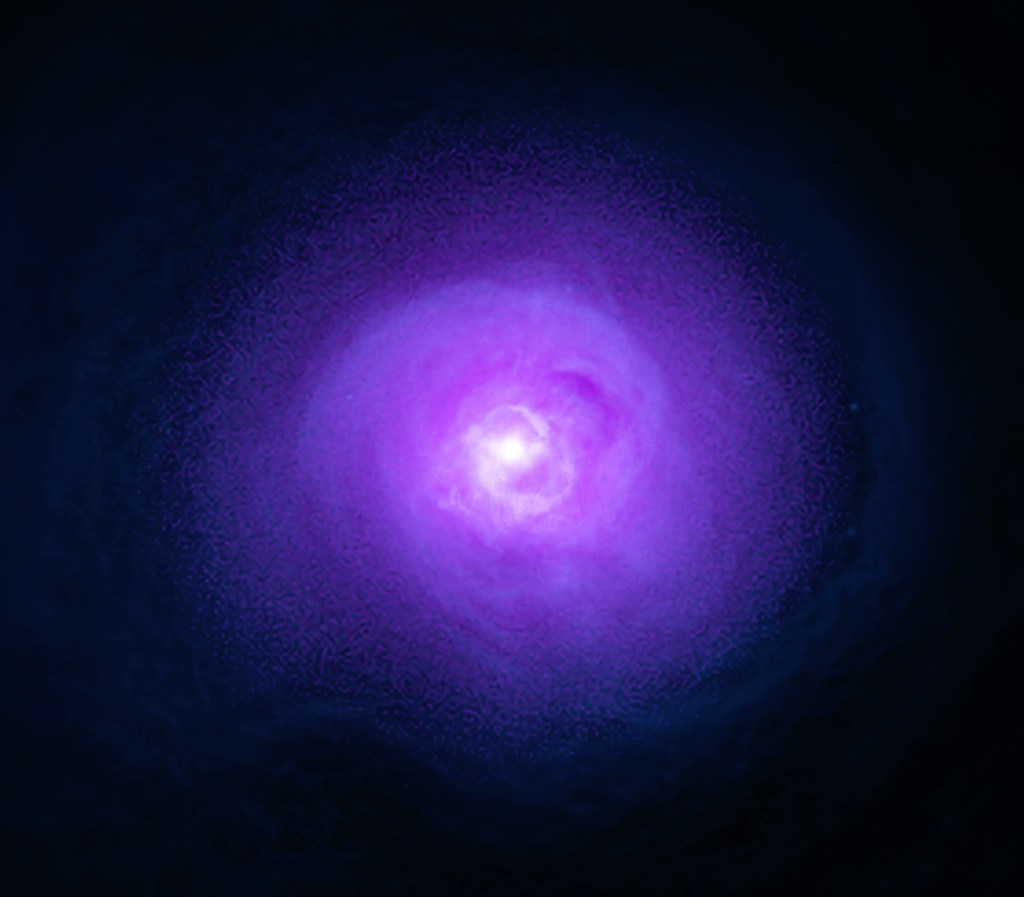
Dr. Michael Garcia
Lead for the Astrophysics Pioneers, SmallSats and CubeSats
Dr. Michael Garcia started his career in astrophysics before entering MIT, as one of the multiple amateur astronomers that built their own telescopes in high school. He used it to study the Apollo landing sites, along with a group of similarly interested students who he led in a high school astronomy class. He received his BS from MIT in Earth and Planetary Sciences, and then when ‘up the river’ to Harvard where he worked with the Smithsonian on the HEAO-1 project for several years before entering graduate school at Harvard. He received his MS and PhD from Harvard, working on Einstein Observatory studies of black holes and neutron stars, and the stratospheric high energy EXITE balloon project.
After receiving his PhD he joined the AXAF HRC team and also worked on ROSAT HRI calibration, before taking the lead in finalizing the Einstein Observatory data archive. Shortly before AXAF launch he joined the science mission planning team, and had primary responsibility for the guide star catalog and flight star selection algorithm. After the AXAF (renamed Chandra) launch, his research turned back to multi-wavelength studies of black holes and neutron stars in our Galaxy, but extended to time-domain studies of black holes in our nearest neighbor, the Andromeda galaxy. He has authored or co-authored over 300 scientific papers.
He also served as Smithsonian Science Lead for several concept studies of x-ray missions, including the Constellation-X (Con-X) program and later the International X-ray Observatory (IXO). He authored the study and design of the probe-class x-ray mission the Extreme Physics Explorer (EPE). At HQ he has been the lead for the Astrophysics Research and Analysis program since January 2013, Hubble Program Scientist since mid-2013, and ATHENA Program Scientist since late-2013. Seeing new opportunities in the burgeoning world of commercial SmallSats (think Starlink, OneWeb, Planet, etc) he has been the Astrophysics CubeSat lead since 2014 and started the Astrophysics Pioneers program for SmallSats in 2019.
He and his wife live on a small farm and love spending time at their ‘casita’ in New Mexico. Their combined 5 children have now ‘flown the coop’ to various locations throughout the US and globe. When at home, he enjoys flying airplanes, motorcycling, tinkering with antique cars and motorcycles, fishing, sailing, and working on the farm.
























